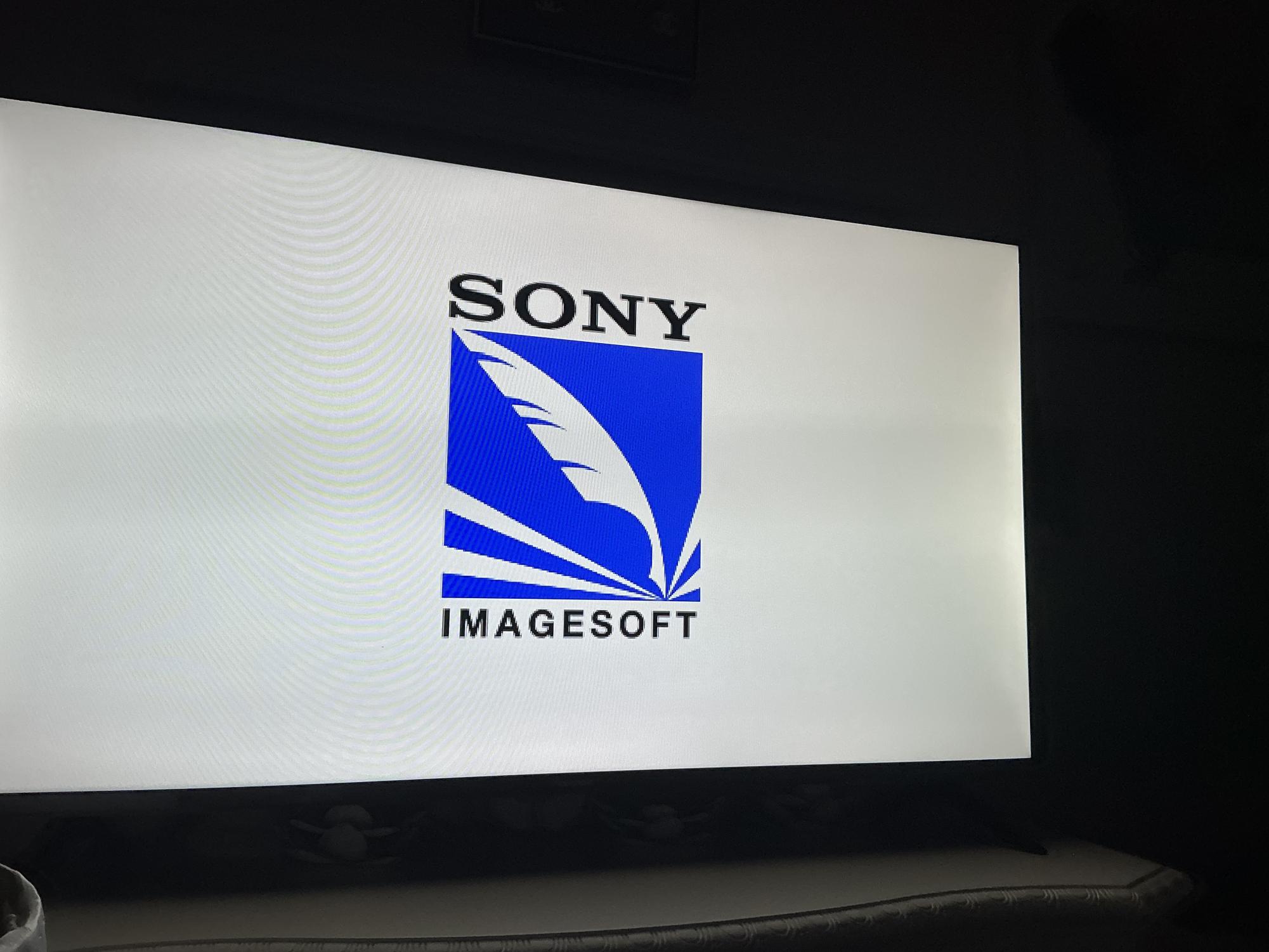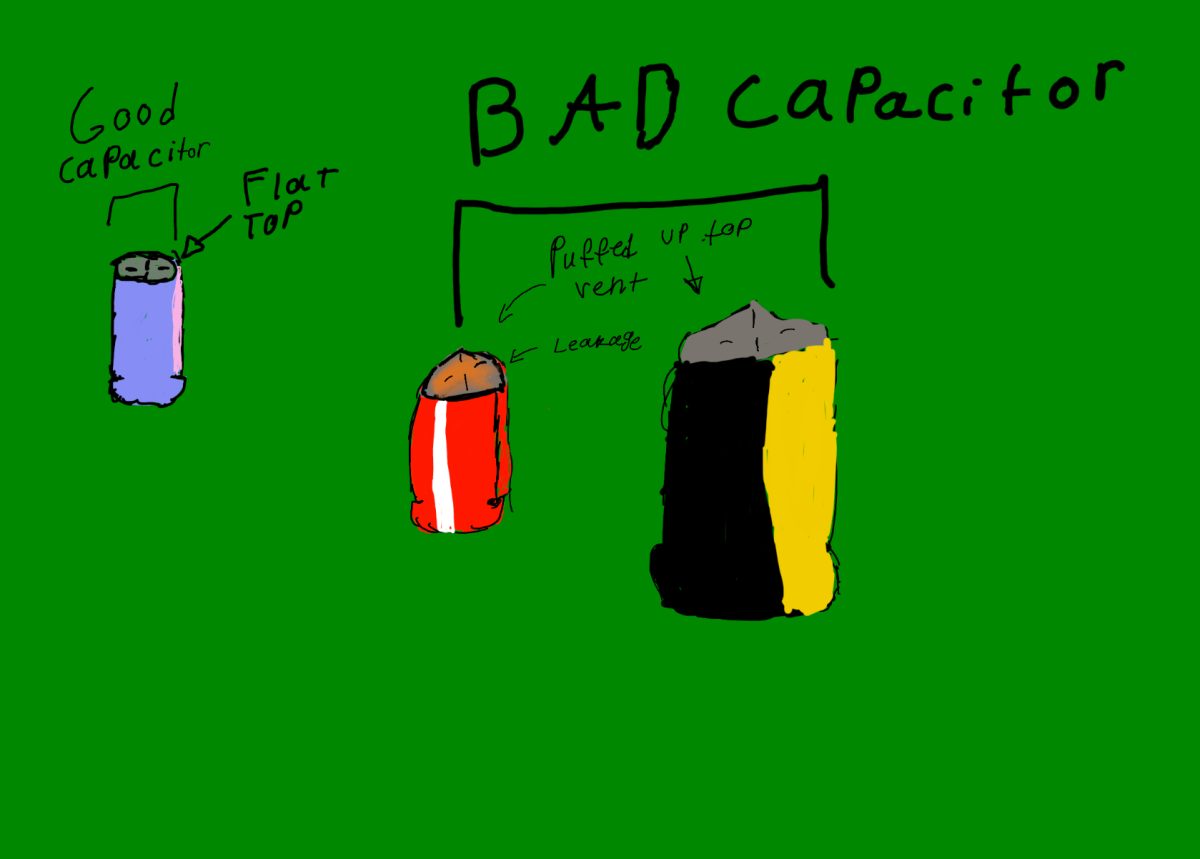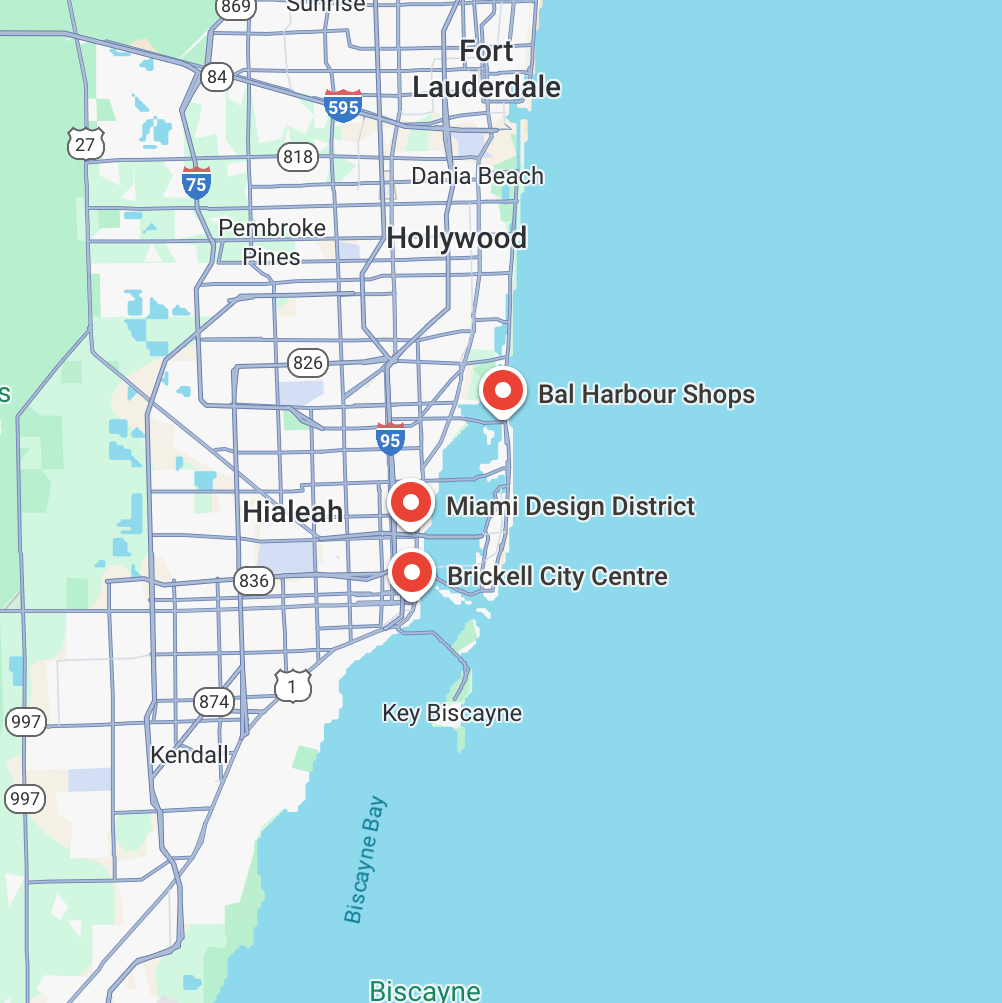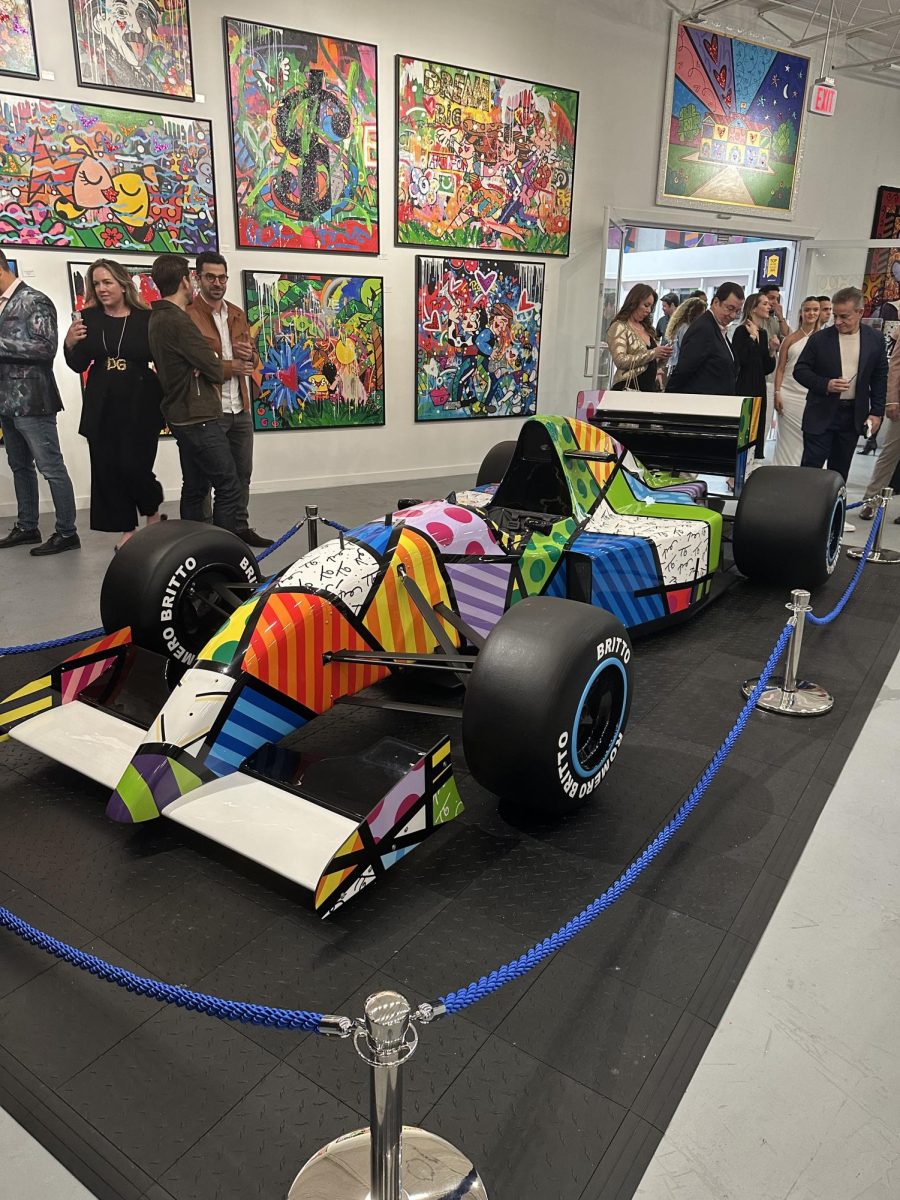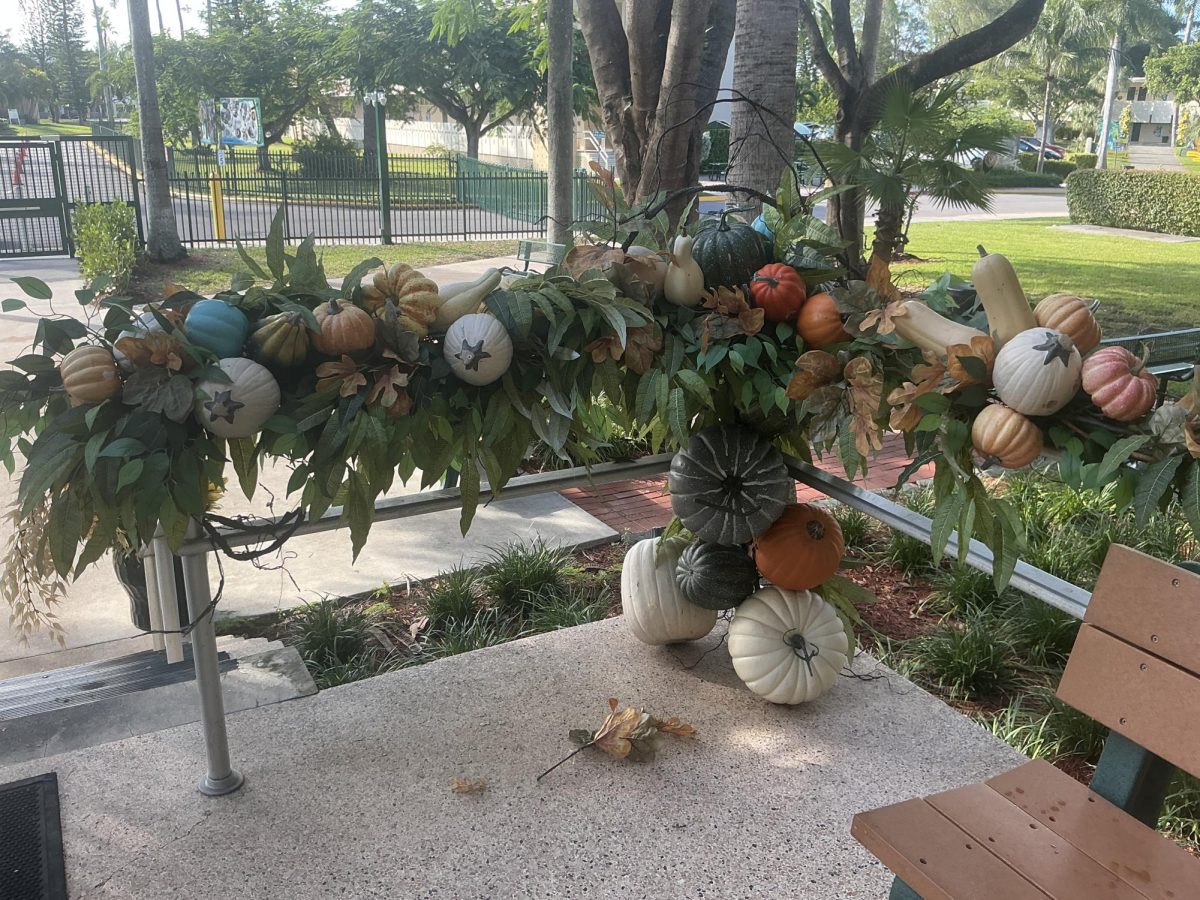Click! That sound was heard long ago when clunky consoles clicked into the HDMI cable before sleek controllers and systems dominated the gaming market. Today, customers value newer models with high performance, but how do they compare above the cover and deep under wires?
Old Console Durability
: Durability is an important factor for how long a console can last. Old consoles have been known to be very durable due to their large, boxy, design allowing internal components to spread out. However some internal components such as capacitors (bulky round cylinders that help with power) grow less responsive and even break as they age. Nonetheless, they can be replaced. Old consoles are less susceptible to damage because they contain fewer parts than newer consoles. Conversely, older models are also prone to overheating because they are not built with fans or effective ventilation.
“I remember the first game on Atari. It was called Pong and it’s was like Table Tennis,” said science teacher, Mrs. Maggie Santana.
New consoles’ Durability: New models are built with superior cooling systems due to their ventilation and built-in fans. The distribution of power is more effective in newer consoles which reduce strain on other components. However, newer models are internally compact unlike older models making the console susceptible to more damage from falls. Due to their complex nature, these consoles can also be very costly and difficult to repair depending on any damage.
In connection to durability, a component called a BIOS plays a role in detecting internal damage, failure, or viruses by running diagnostics on components to check for functionality and the ability to power on a console. Over the years, it has progressively become more advanced. Here is what the development of the BIOS looks like:
Old Console BIOS/Virus Protection: The BIOS component would conduct fewer diagnostics and only focus on critical components. The system would only detect severe failures, severe viruses, and corruption. This made the console more susceptible to virus infection, allowing them to slip by. Some bad actors would use that to their advantage by slipping in slightly corrupted discs to distort games because the BIOS would not detect them. If the system detected an issue, it would not display a warning, or, if it did, it was very vague because the BIOS could not detect what was wrong but rather the idea that something was wrong. When the system detected something wrong during startup, the screen would freeze at the intro, or it would not start the intro and stay at the HDMI screen. The BIOS could not detect overheating.
“I have used a couple (of old consoles), but the oldest one I’ve used was the Nintendo Entertainment System. I had a great time with it. I even played it a lot with my family. I think my favorite game on it was Super Mario Bros. 3,” said junior Madison Press.
New Console BIOS/Virus Protection: The BIOS component is more advanced allowing for more efficient virus or corruption detection. Unlike older consoles, the new BIOS runs a diagnostic on everything including the disc placed inside. If a component was damaged, corrupted, or full of viruses even if it was not severe, the console will recognize the issue and give the user an error message, a clear response to the issue, or what could be done to fix it. New consoles can also detect overheating and pause gameplay if it detects overheating or any other issues.
The ability to repair a console is affected by what is damaged, damage severity, and if it’s missing critical components for tasks (SPU, GPU,CPU, chip, etc.). Both consoles are complex to repair in different ways.
Old Consoles’ Repairability: Older consoles can be seen as easy to repair in certain ways because they contain fewer complex, intricate, and moving parts. However, they are also hard to repair because being older can make a console more susceptible to internal issues that come with age. Replacement parts are also tricky to find because they are not commonly used anymore (Atari, Gameboy, Nintendo GameCube, PS1, PS2, Xbox360).
“With newer consoles, it’s easier to find those pieces. I think it’s just, it sort of reflects how the world works, where it’s like trends come and go, we modernize, we grow as a society, and so does our technology and our ways of doing things. So when it comes to repairing old consoles, then it only makes sense for the older console to be difficult in the sense of you can’t find enough pieces, but with a newer console, you can, but it’s harder because it’s more advanced, because it’s like more difficult to manage,” said senior Allison Toll.
Newer Consoles Repairability: Newer consoles can be seen as easy to repair because new parts can be readily found online or at tech stores, and newer consoles do not have age-related problems (because they are new obviously). However, newer repairs can also be seen as tricky because of the complex nature of internal components. Newer consoles have more components and have similar components to a modern pc (PS5, PS4, Nintendo Switch 2, Xbox Series X/S).
No matter which console you choose, just know it all started from one disk whirring inside as it spun and the jingle of an intro.

